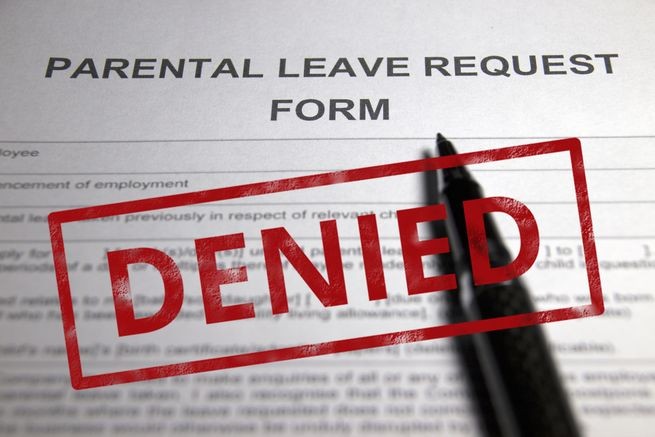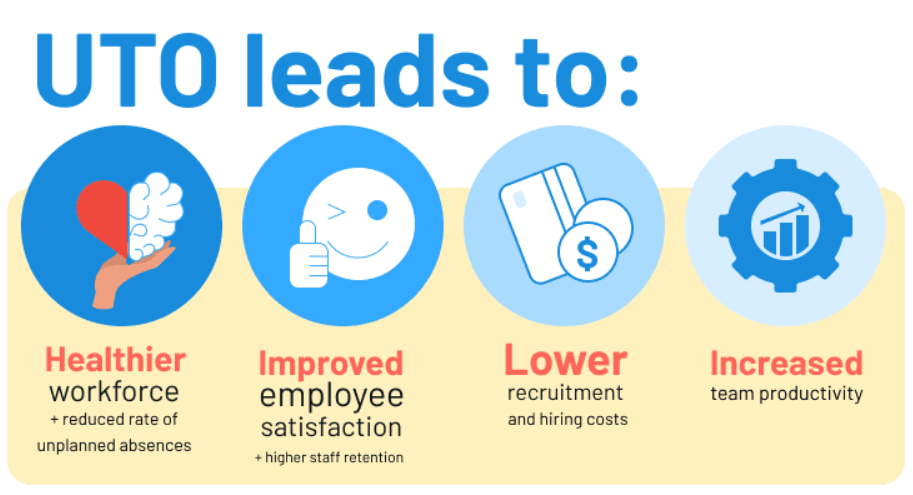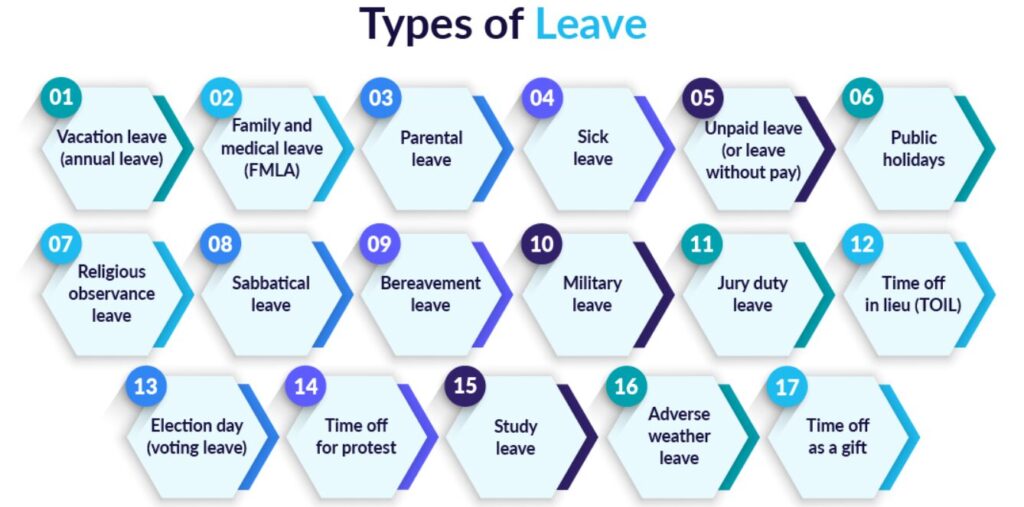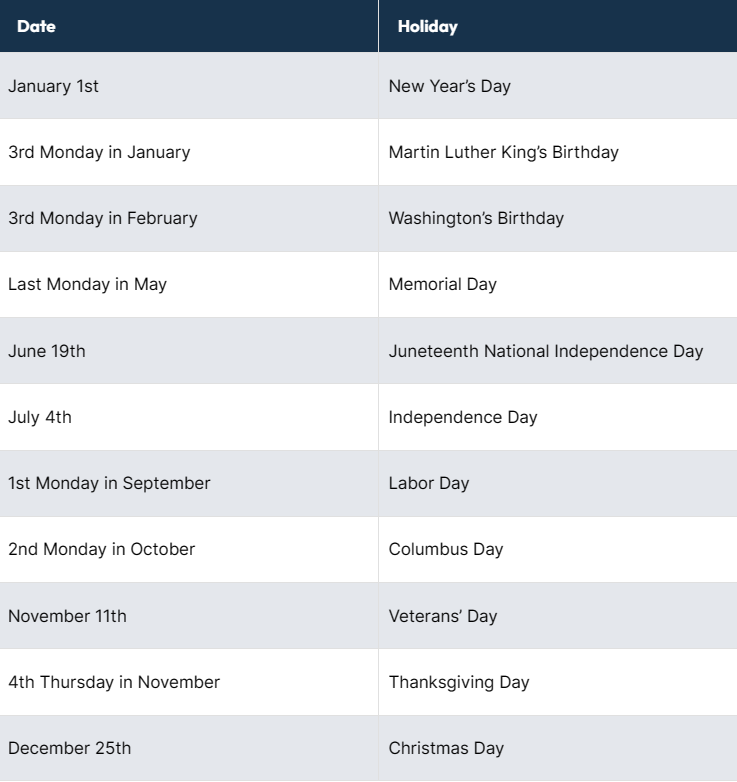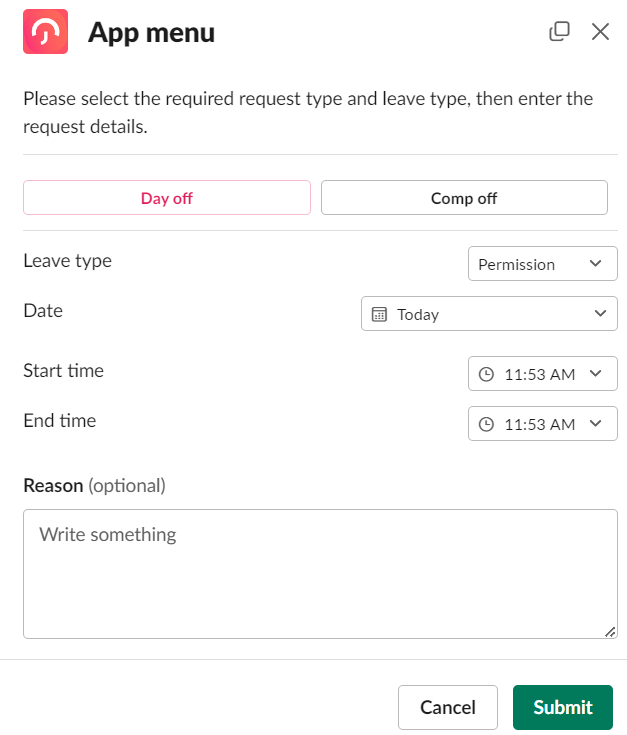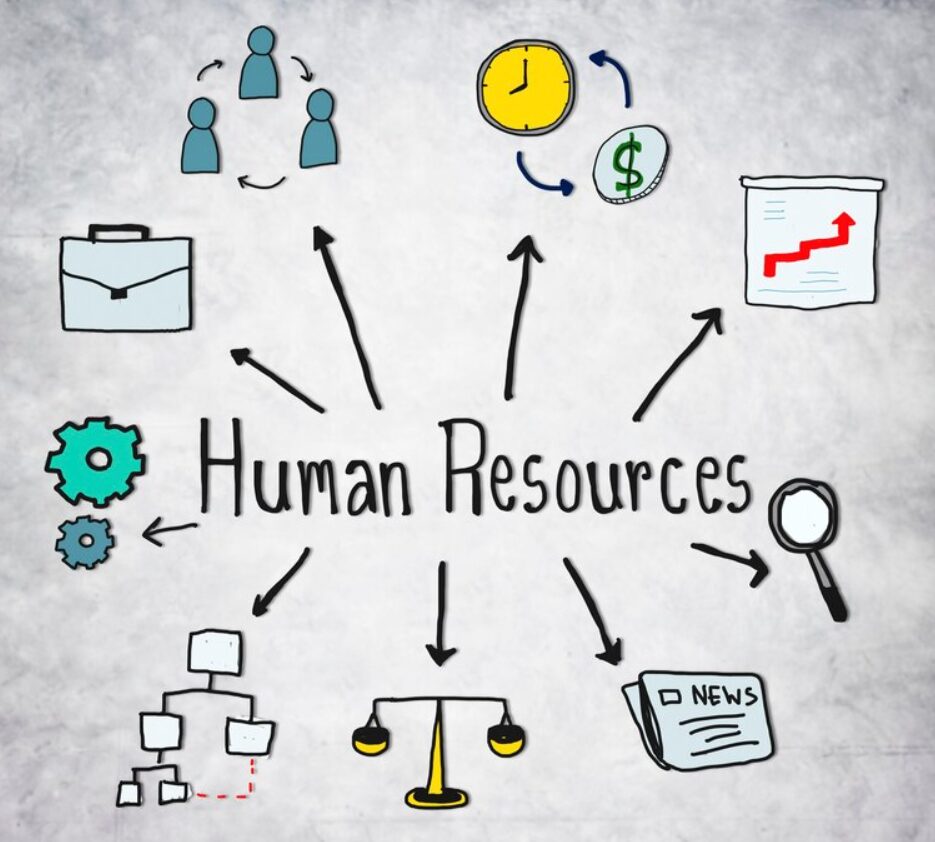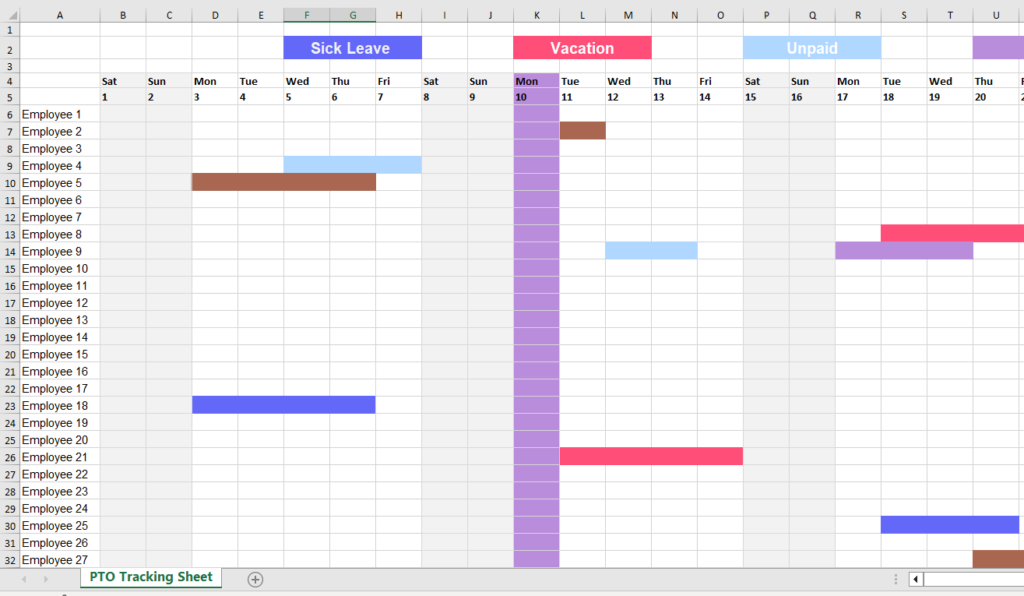Rejecting an employee’s leave request is not only a sensitive and challenging task but one that carries significant implications for both the employee and the organization. The way a manager communicates and handles such a decision can influence morale, trust, and the overall workplace climate. A poorly managed leave rejection can create resentment and disengagement, while a well-handled one, supported by fairness, empathy, and transparency, can preserve trust and understanding.
This is especially important when it comes to Paid Time Off (PTO), which employees view as an essential component of their overall compensation and well-being. PTO allows individuals to recharge, attend to personal matters, and maintain a healthy work-life balance. Therefore, denying PTO without clear justification or consistent application of company policy can be perceived as unfair or demotivating. Managers should ensure that PTO requests are handled with clarity, documented reasoning, and alignment with established policies to maintain both legal compliance and employee satisfaction.
This comprehensive guide explores the key considerations, legal frameworks, communication techniques, and best practices for handling leave rejections tactfully, ethically, and effectively. It also highlights how digital tools, such as Day Off, can streamline the process and reduce potential conflicts through automation, transparency, and proper record-keeping.
Understanding the Grounds for Rejecting Leave Requests
Before deciding to deny an employee’s leave request, it’s critical to ensure the decision is grounded in legitimate business reasons and communicated respectfully. Rejections should never appear arbitrary or personal. Managers must balance the organization’s operational needs with the employee’s well-being and rights.
Business Needs
In many cases, operational demands justify denying a leave request. For instance, when an employee’s absence would significantly disrupt workflow, project deadlines, or customer service, managers may need to postpone approval. Essential personnel, such as those in leadership, project-critical, or specialized roles, are sometimes irreplaceable during key business periods.
To handle this properly, managers should evaluate alternative solutions, such as adjusting schedules, redistributing tasks, or hiring temporary support, before rejecting a request outright. This demonstrates that every effort was made to accommodate the employee’s needs while safeguarding organizational priorities.
Staffing Levels
Certain industries, like healthcare, retail, and hospitality, experience seasonal surges where adequate staffing is critical. During these periods, approving too many concurrent leaves can result in burnout for remaining staff, service disruptions, or loss of productivity.
Rather than flatly denying requests, managers can communicate early about “blackout periods” when taking leave is discouraged or limited. Providing advance visibility helps employees plan accordingly and prevents disappointment.
Untimely Requests
Timeliness is key to efficient leave management. Many organizations have policies requiring employees to submit requests several weeks or months in advance. When requests are made at the last minute, without valid justification, it may not be feasible to approve them due to scheduling conflicts or insufficient coverage.
However, flexibility should be exercised when emergencies or health issues arise. Denying leave for legitimate, urgent situations can harm trust and potentially violate labor protections.
Previous Leave Patterns
Patterns of frequent or strategically timed absences, such as consistently requesting leave during high-demand periods, can indicate misuse or lack of consideration for team needs. In such cases, managers should evaluate the broader context rather than relying solely on frequency.
Before denying a request, it’s best to have an open discussion with the employee to understand their reasons and address any underlying issues, such as burnout or personal struggles.
Legal Considerations When Denying Leave
Understanding the legal framework around employee leave is essential. A poorly justified or discriminatory denial can expose an organization to legal risks, including lawsuits and reputational harm.
Compliance with Labor Laws and Protected Leave
Laws like the Family and Medical Leave Act (FMLA) in the United States and similar regulations globally ensure employees can take leave for medical, parental, or family care reasons. Denying a request covered under such laws without a legally valid reason can lead to severe penalties.
Managers must be trained to distinguish between discretionary leave (e.g., vacation or unpaid personal leave) and legally protected leave (e.g., maternity, paternity, or medical leave). Only discretionary leave requests can be reasonably denied.
Anti-Discrimination Requirements
Leave denial decisions must be consistent and free from bias. Discrimination based on race, gender, age, religion, disability, or any protected category is illegal and unethical. If certain employees perceive favoritism or bias in how leave requests are handled, it can erode workplace trust and increase turnover.
Maintain documented, standardized criteria for approving or rejecting leave requests to ensure fairness and transparency.
Local and National Leave Regulations
Employment laws differ by region. Some countries and states impose restrictions on when and how leave can be denied. For instance, in certain jurisdictions, employers must provide alternative dates or justification in writing when rejecting a leave request.
HR departments should regularly review and update company policies to stay compliant with evolving legal standards.
Communicating the Decision Effectively
How you communicate a leave denial matters as much as the decision itself. A respectful, well-explained communication can preserve morale and prevent misunderstandings.
Prepare for the Discussion
Before speaking with the employee, gather all relevant information: their leave balance, reason for the request, workload considerations, and applicable company policies. Anticipate their potential reactions and prepare to address them empathetically.
Express Understanding and Empathy
Start the conversation by acknowledging the employee’s reason for requesting time off. Whether it’s for personal rest, family, or travel, expressing empathy shows that their needs are valued, even if approval isn’t possible at the moment.
Phrases like “I understand this time off is important to you” or “We really tried to explore all options before coming to this decision” can soften the impact of a rejection.
Explain the Reason Clearly
Be transparent about why the request was denied. Whether due to staffing shortages, overlapping requests, or critical deadlines, clarity helps the employee understand the rationale behind the decision. Avoid vague statements that could create frustration.
Offer Alternatives
Whenever possible, propose alternate solutions. Suggesting different dates, partial leave approval, or remote work options during critical periods demonstrates flexibility and goodwill. This approach transforms rejection into collaboration.
Document the Conversation
Keep written records of the discussion, including the date, reason for denial, and any alternatives offered. Documentation protects both the employer and employee in case of future disputes.
Handling the Employee’s Response
After a leave denial, emotions can range from disappointment to frustration. The way a manager responds can either repair or damage the working relationship.
Offer Emotional Support
Show empathy and listen. Employees are more likely to accept the decision if they feel heard and respected. Reaffirm that the denial was based on objective business needs, not personal reasons.
Guide Future Planning
Help the employee plan future leave more effectively. Provide insight into optimal times for approval, upcoming busy seasons, or blackout dates. This guidance demonstrates proactive support.
Monitor Morale and Engagement
Keep an eye on the employee’s engagement following the denial. A single rejection handled poorly can lead to long-term disengagement or even resignation. Regular check-ins help ensure the employee remains motivated.
Preventing Future Leave Conflicts
The best way to avoid difficult leave rejections is through proactive leave management. Organizations can minimize friction by improving transparency and planning.
Use Technology to Manage PTO Effectively
Tools like Day Off make it easier to manage Paid Time Off (PTO) systematically, ensuring fairness and visibility for both employers and employees.
For Employers:
-
Define and Customize Policies: Configure leave accrual rates, carryover limits, and leave categories (vacation, sick, parental, etc.).
-
Monitor Staffing in Real-Time: Track who’s off and when to avoid overlapping absences.
-
Automate Approval Workflows: Streamline requests and ensure consistent decision-making across departments.
-
Use Reporting & Analytics: Identify patterns in leave usage to plan ahead for peak periods and ensure compliance.
For Employees:
-
Submit and Track Requests Easily: Employees can view balances and request time off with transparency.
-
Stay Updated in Real Time: Automated notifications inform them of approval status and upcoming leaves.
-
Integrate with Calendars: Syncing with tools like Slack, Outlook, or Google Calendar ensures everyone stays informed and reduces scheduling conflicts.
Employee Education and Communication
Hold periodic sessions to explain company leave policies, approval timelines, and best practices for requesting time off. Employees who understand the process are less likely to feel blindsided by denials.
The Importance of Empathy and Professionalism
Ultimately, rejecting an employee’s leave request is as much about how it’s done as why it’s done. When managers lead with empathy, communicate openly, and treat employees with respect, they reinforce trust, even during difficult decisions. Clear communication, fairness, and consistency protect both the organization’s operational needs and the employee’s dignity.
Frequently Asked Questions (FAQs)
Why is it important to handle leave rejections carefully?
Because denying leave affects not only the employee’s personal life but also their perception of fairness and trust in management. Mishandling it can lead to resentment, reduced motivation, or even turnover. A professional, empathetic approach maintains respect and engagement.
Can an employer deny any type of leave?
No. Employers cannot legally deny protected leaves such as those under FMLA, maternity or paternity leave, or medical leave supported by documentation. Only discretionary leaves, like vacations or unpaid personal time, can be denied for business reasons.
How can managers balance business needs and employee satisfaction?
The best approach is proactive planning. Use staffing data and leave-tracking tools to forecast busy periods. Encourage employees to plan their leave early and consider rotational time-off systems to balance operational and personal needs.
What should I say when denying a leave request?
Be honest, concise, and empathetic. For example:
“I understand you were hoping to take time off, but due to current staffing levels and project deadlines, we won’t be able to accommodate these dates. Let’s explore alternative dates that might work for both you and the team.”
Can denying leave damage team morale?
Yes, if not handled well. Employees may feel undervalued or unfairly treated. Transparency, fairness, and offering alternatives help maintain morale even when requests can’t be approved.
What are some alternatives to rejecting a leave request outright?
You can offer partial approval (e.g., shorter leave duration), reschedule the dates, allow remote work, or offer compensatory time off later. This collaborative approach shows flexibility and understanding.
What if multiple employees request leave at the same time?
Set clear scheduling policies and establish priorities based on objective criteria such as order of request submission, seniority, or criticality of role. Communicate these rules early to avoid conflicts.
Can an employee appeal a leave denial?
Yes, in many organizations, employees can appeal through HR if they believe the decision was unfair or inconsistent with policy. Having a documented, transparent process ensures fairness and legal protection.
What legal risks exist when denying leave?
Improperly denying protected leave or acting inconsistently with policy can expose an employer to claims of discrimination or labor law violations. Always consult HR before rejecting leave for medical or family reasons.
How can technology help with leave management?
Digital leave management systems like Day Off automate requests, approvals, and record-keeping. They improve transparency, reduce administrative errors, and ensure fairness by providing a centralized platform for both employees and managers.
What should an employee do after their leave request is denied?
They should communicate openly with their manager, understand the reason behind the decision, and work together to identify alternate dates or solutions. Keeping the dialogue professional ensures ongoing cooperation and goodwill.
Conclusion
Rejecting an employee’s leave request is a delicate task that requires balance between organizational priorities and employee well-being. When handled with empathy, clarity, and fairness, it can strengthen rather than damage workplace relationships. By setting clear policies, adhering to legal standards, and using effective leave management tools, organizations can reduce the frequency of leave rejections and foster a culture of transparency and mutual respect. Ultimately, the goal is not just to manage time off efficiently, but to nurture a workplace where both employees and business needs thrive in harmony.
